by Amanda Rose Newton
National Honeybee Day, celebrated on the third Saturday of August each year, serves as a reminder of the essential role honeybees play in our ecosystem and agriculture.
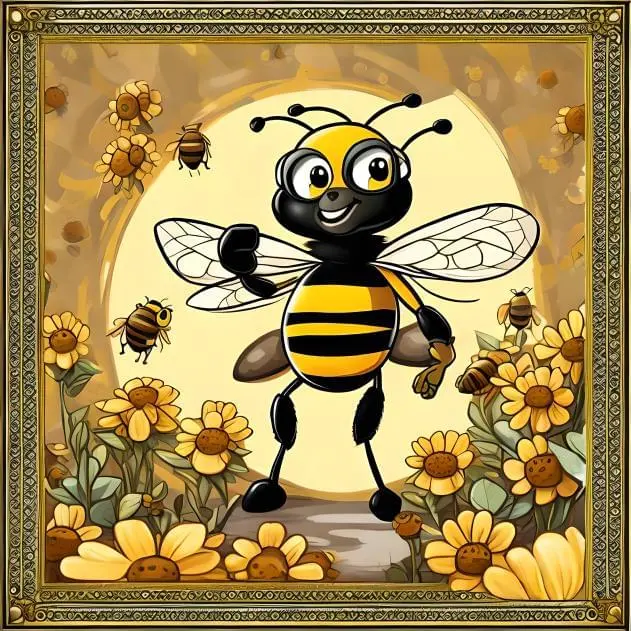
From their intricate caste system to their indispensable role as pollinators, honeybees have captured our fascination for centuries.
In this blog post, we’ll delve into the history of National Honeybee Day, explore the honeybee caste system, and discover the best plants to plant in a pollinator garden to support these remarkable creatures.
The History of National Honeybee Day
National Honeybee Day was first celebrated in 2009 when a group of beekeepers and honey enthusiasts decided to dedicate a day to honoring these tiny creatures and raising awareness about their importance. Since then, the day has gained momentum with events, workshops, and educational initiatives taking place across the globe.
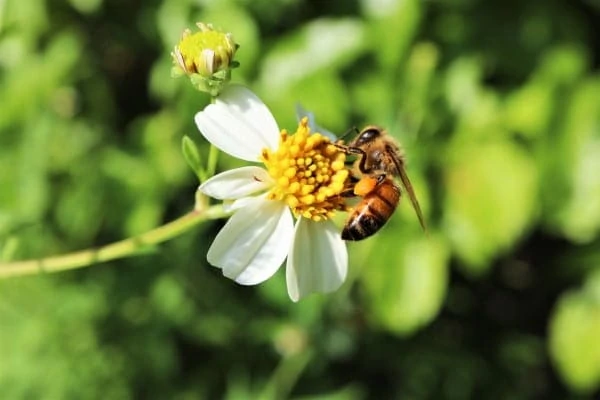
Held on the third Saturday of August—perfectly timed to coincide with the peak of honeybee activity—this day celebrates not only the sweet golden nectar they produce but also their critical role in pollinating a significant portion of the world’s food crops.
The Honeybee Caste System: A Complex Social Structure
Honeybees live in highly organized and structured colonies, each with its own specialized roles and responsibilities. The colony is divided into three primary castes:
Queen Bee: At the apex of the colony’s hierarchy is the queen bee. Her sole purpose is to lay eggs, as many as 2,000 per day during peak seasons. Queen bees are larger than other bees and have a distinct appearance. Their role is crucial for the colony’s survival and growth.
Worker Bees: The majority of bees in a colony are worker bees, and they are all female. These bees are responsible for various tasks such as foraging for nectar and pollen, building and maintaining the hive, caring for the young, and guarding the hive entrance. The worker bees’ unflagging efforts are what keep the colony thriving.
Drone Bees: The male bees, known as drone bees, have a unique role in the colony: mating with the queen bee. Unlike worker bees, drones do not have stingers and do not engage in tasks like foraging. Their primary function is reproduction. In cooler climates, it’s not unusual for the drones to get booted out of the hive if food is scarce!
Creating a Pollinator-Friendly Garden
Creating a pollinator garden not only enhances the beauty of your outdoor space but also provides a safe haven for honeybees and other vital pollinators. Here are some plant suggestions to consider:
Herbs: With their fragrant flowers and lovely scents, herbs are a favorite among bees and other pollinators.
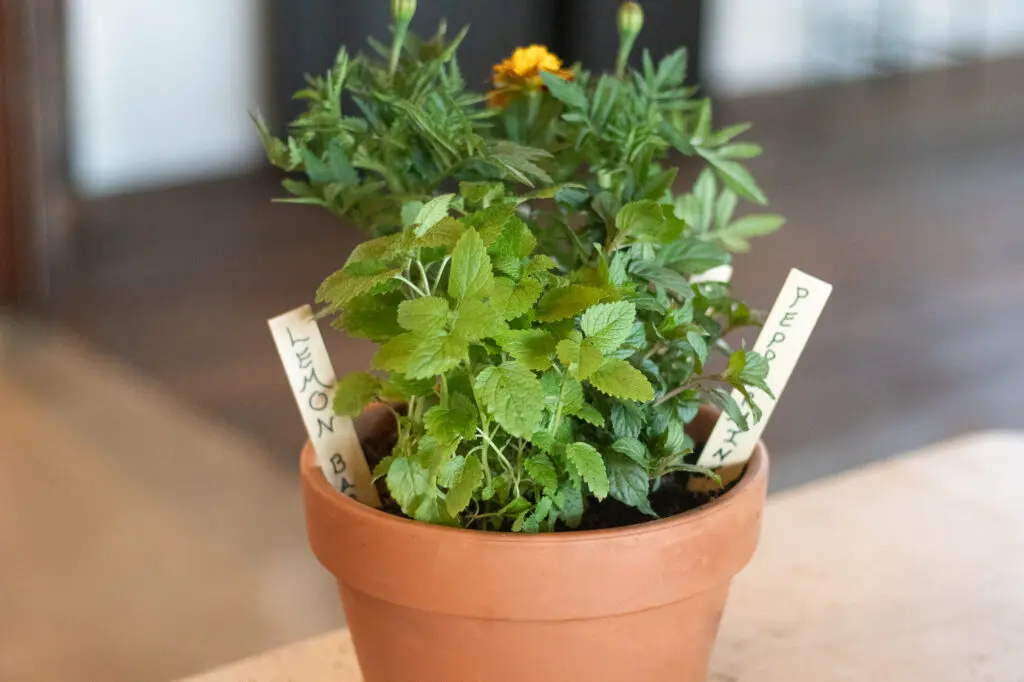
Sunflowers: Sunflowers are not only visually stunning but also rich in nectar, making them a popular choice for pollinators. If you ever wondered why South Dakota has the most beekeepers, it also happens to be one of the top sunflower oil-producing states.
Bee Balm: As the name suggests, bee balm is a favorite among bees. Its vibrant blossoms are a magnet for pollinators. Our native horsemint is a great substitute for bee balm, which can be tough to grow in our climate.
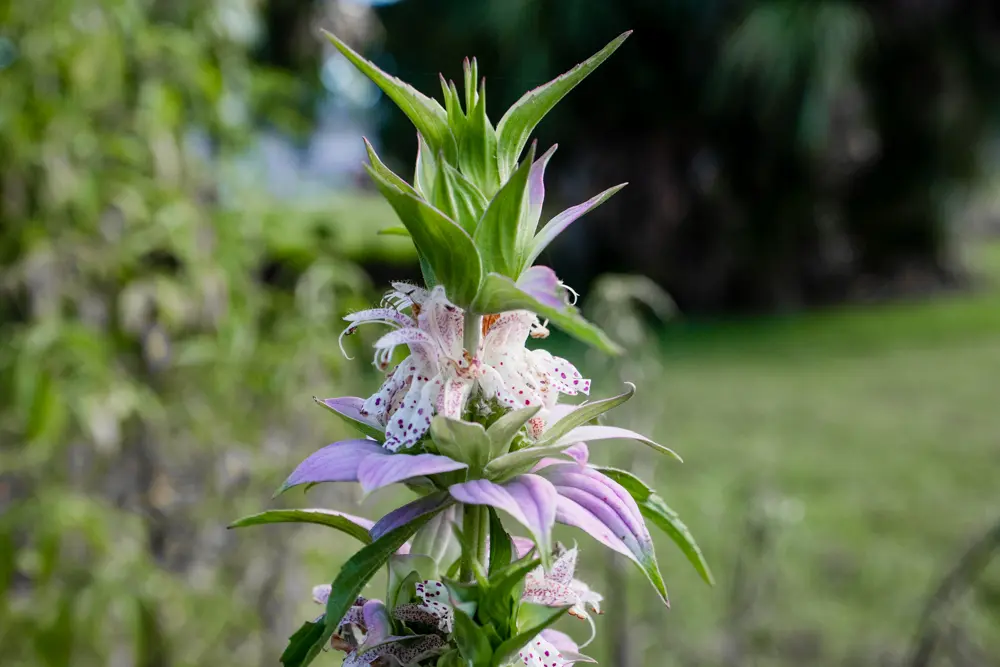
Wildflowers: Native wildflowers are a fantastic addition to any pollinator garden. They provide diverse nectar sources and support a wide range of pollinators.
Coneflowers: These hardy and colorful flowers are not only a treat for the eyes but also attract bees and butterflies.
Fruit Trees: Fruit trees such as oranges, peaches, and apples provide both nectar and pollen, making them valuable for pollinators.
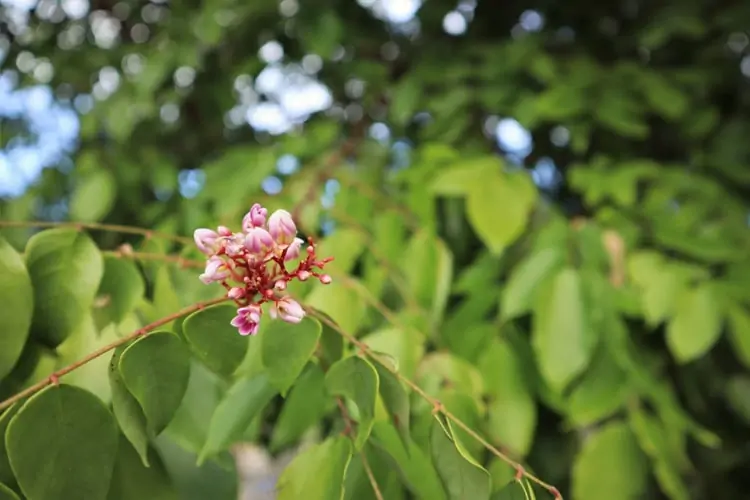
National Honeybee Day serves as a reminder of the intricate world of honeybees and their indispensable role in our ecosystem.
Understanding their caste system sheds light on the remarkable division of labor within a colony. By creating a pollinator-friendly garden, you can contribute to the well-being of these vital insects and many other pollinators that ensure the fertility of our crops and the beauty of our natural world.
As we celebrate these tiny creatures on their special day, let’s also take steps to protect and nurture them for generations to come.


